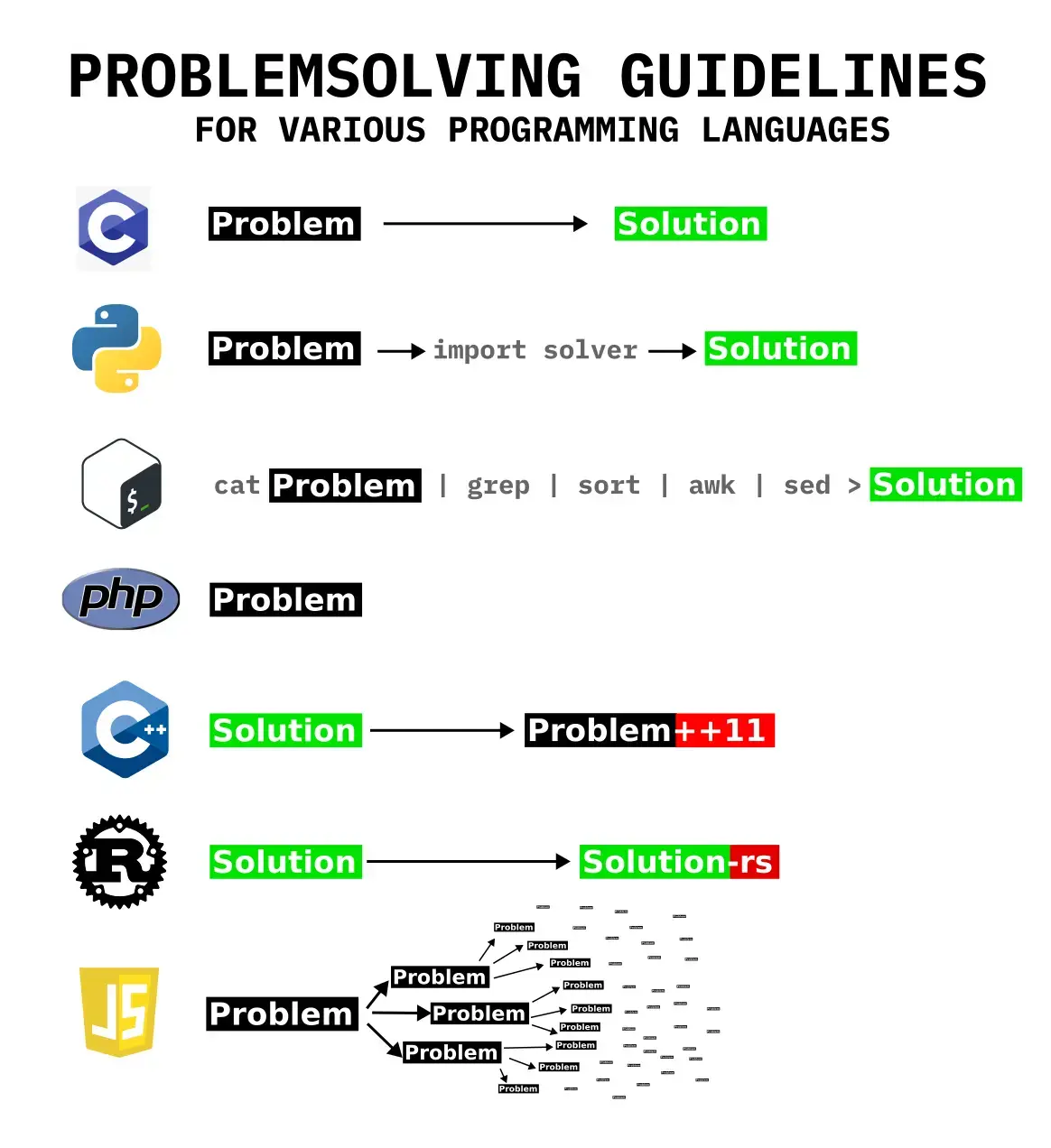this post was submitted on 12 Mar 2024
1093 points (95.7% liked)
Programmer Humor
32710 readers
82 users here now
Post funny things about programming here! (Or just rant about your favourite programming language.)
Rules:
- Posts must be relevant to programming, programmers, or computer science.
- No NSFW content.
- Jokes must be in good taste. No hate speech, bigotry, etc.
founded 5 years ago
MODERATORS
you are viewing a single comment's thread
view the rest of the comments
view the rest of the comments

So many solver solutions that day, either Z3 or Gauss-Jordan lol. I got a little obsessed about doing it without solvers or (god forbid) manually solving the system and eventually found a relatively simple way to find the intersection with just lines and planes:
It's a suboptimal solution in that it uses 4 hailstones instead of the theoretical minimum of 3, but was a lot easier to wrap my head around. Incidentally, it is not too hard to adapt the above algorithm to not need C (i.e., to use only 3 hailstones) by using line intersections. Such a solution is not much more complicated than what I gave and still has a simple geometric interpretation, but I'll leave that as an exercise for the reader :)
That is a great explanation of how you solved it, thanks! I should go back to it and conquer that puzzle properly without a solver. Or at least try.